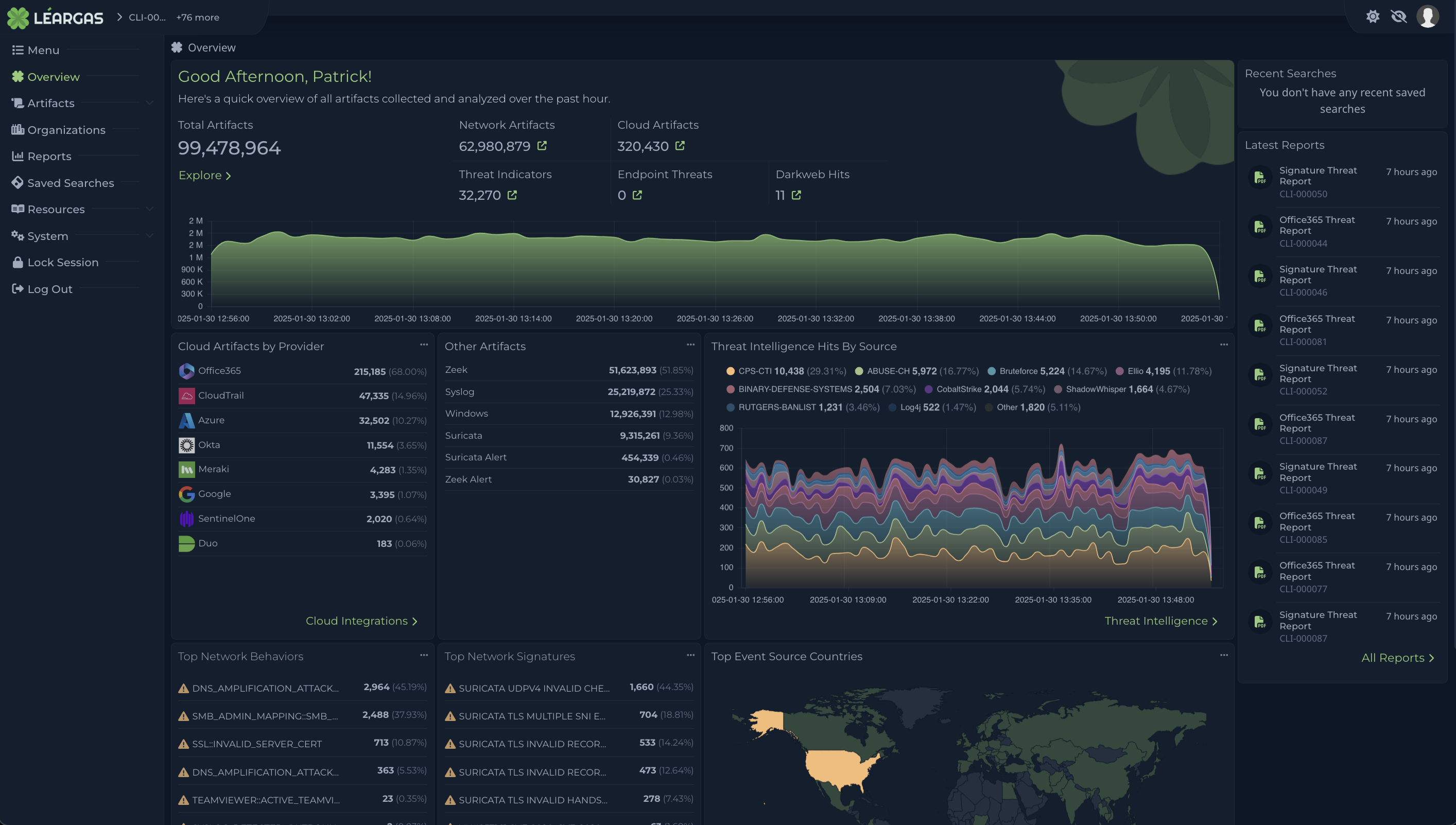
Background
A mid-sized regional electric cooperative serving rural communities faced an existential cybersecurity challenge. Their operational technology (OT) network represented a technological time capsule: critical power distribution equipment from the late 1990s and early 2000s coexisting with newer digital management systems.
The Vulnerability Landscape
The cooperative’s network infrastructure included:
- Programmable Logic Controllers (PLCs) manufactured by Siemens in 1998
- SCADA systems dating from early 2000s
- Limited firmware update capabilities
- No native encryption or modern security protocols
- Critical communication systems connecting substations across 17 rural counties
Most critically, these systems controlled power distribution for approximately 45,000 rural residents—making any potential compromise a direct threat to community safety and infrastructure reliability.
Technical Challenge
Traditional cybersecurity approaches were fundamentally incompatible with this environment. The legacy devices:
- Cannot receive standard security patches
- Lack modern authentication mechanisms
- Generate minimal diagnostic data
- Operate on proprietary communication protocols
Network traffic analysis emerged as the sole viable visibility mechanism, making network-level intelligence paramount.
Léargas Security Intervention
Our solution focused on extracting maximal intelligence from network traffic patterns, leveraging Zeek’s advanced analytical capabilities:
Detailed Network Mapping
- Comprehensive inventory of all network communication paths
- Identification of communication anomalies across legacy and modern systems
- Baseline establishment of “normal” operational behaviors
Threat Detection Methodology
- Granular protocol analysis
- Behavioral pattern recognition
- Anomaly detection without system interruption
- Zero-touch monitoring of critical infrastructure
Quantifiable Outcomes
Within six months of implementation, our approach detected:
- 3 previously unidentified communication irregularities
- 2 potential lateral movement attempts
- 1 misconfigured network segment exposing critical infrastructure
Critical Prevention: A detected communication anomaly revealed an unauthorized remote access attempt through an outdated SCADA system interface—a potential catastrophic breach that traditional security tools would have missed.
Financial and Operational Impact
Implementing our network-centric security approach cost approximately 40% less than proposed system-wide equipment replacement. More importantly, it provided continuous monitoring without disrupting critical power distribution infrastructure.
Conclusion
In environments where legacy technology meets modern threat landscapes, network-level intelligence becomes the ultimate security perimeter. By treating network traffic as a comprehensive sensor platform, organizations can secure seemingly unsecurable infrastructure.
The electric cooperative maintained uninterrupted service, protected critical infrastructure, and gained unprecedented visibility into their technological ecosystem—all without replacing a single piece of equipment.








